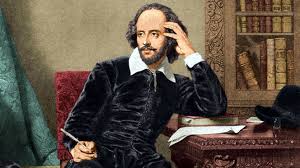[Algorithm] Dynamic Programming — Trusting Your Past Self
🔁 What’s the Big Deal About Dynamic Programming?
“Memory is the treasury and guardian of all things.” – William Shakespeare

In life, there are moments when we need to remember and refer to past experiences
to avoid making the same mistakes again.
Whether in studying, exercising, or love—
the ability to remember and use what we’ve learned shapes our future.
There’s an algorithm in programming that reflects this very philosophy:
Dynamic Programming (DP).
🧠 The Philosophy Behind It
Dynamic Programming is a strategy for solving large problems
by breaking them down into smaller subproblems
and remembering the results of those subproblems.
Once a problem has been solved,
we reuse the stored result instead of recalculating it,
saving both time and resources.
“If my past self worked hard to find an answer,
my future self can trust it and keep moving forward.”
That’s the essence of Dynamic Programming.
📚 How It Works
Dynamic Programming is typically implemented in two main approaches:
Top-Down (Memoization)
Break the big problem down recursively,
but remember solutions to subproblems so they aren’t solved again.Bottom-Up (Tabulation)
Start from the smallest problems,
store solutions in a table,
and build up to the final solution step-by-step.
💡 Example – Fibonacci Sequence
1 | # Top-Down approach (Recursion + Memoization) |
🎯 Wrapping Up
Dynamic Programming is more than just an optimization technique—
it teaches us “how to trust what we already know and reuse it.”
This algorithm seems to say:
“Don’t try to do everything from scratch.
Remember what you’ve already solved,
trust that knowledge, and keep moving forward.”
Life works the same way:
reducing repeated mistakes,
using past lessons to guide future choices—
that’s living with a Dynamic Programming mindset 😊
